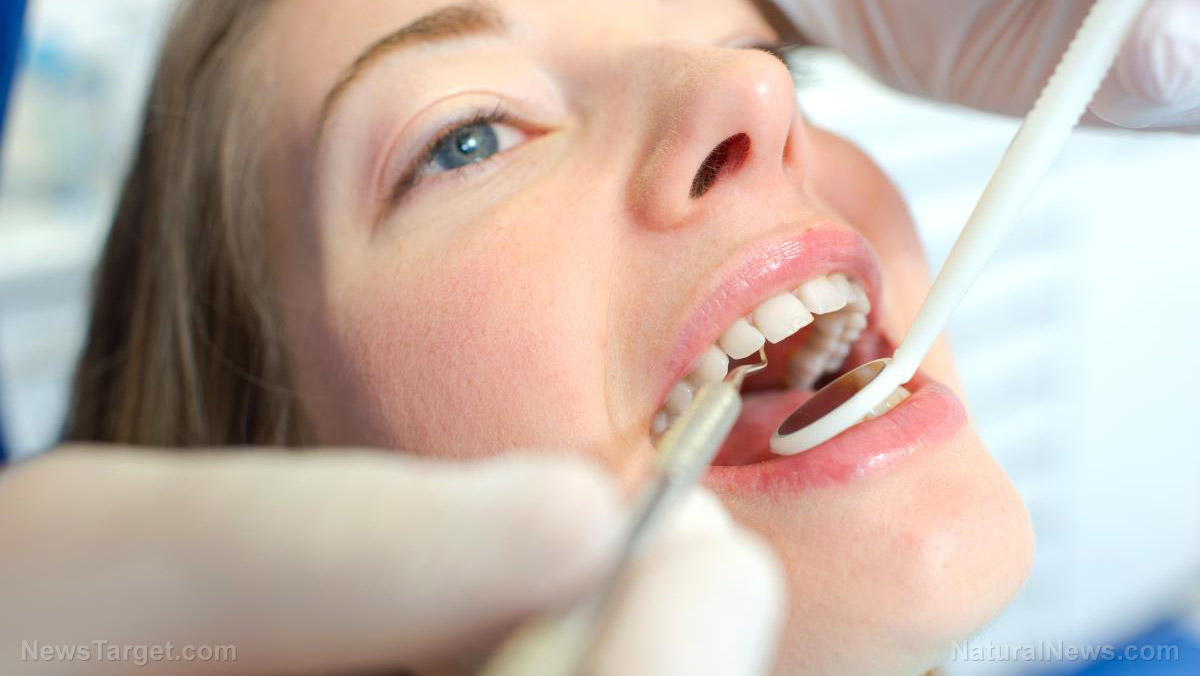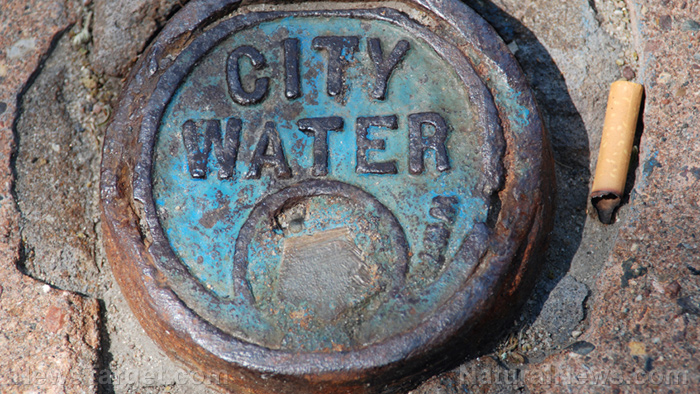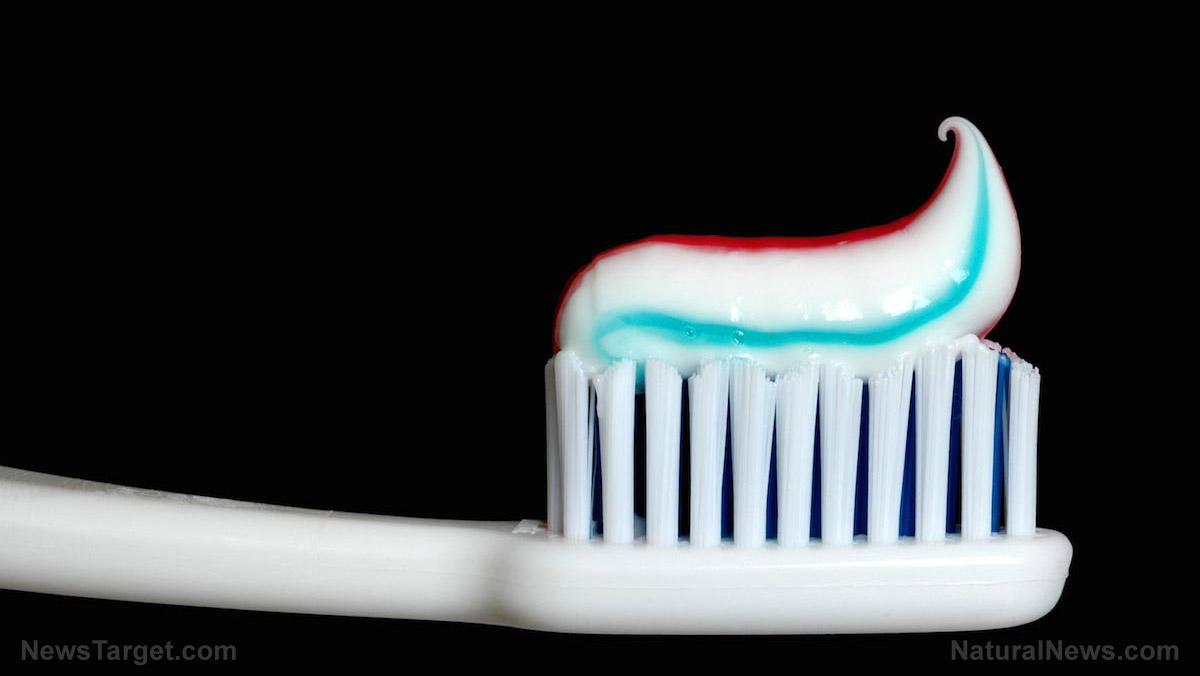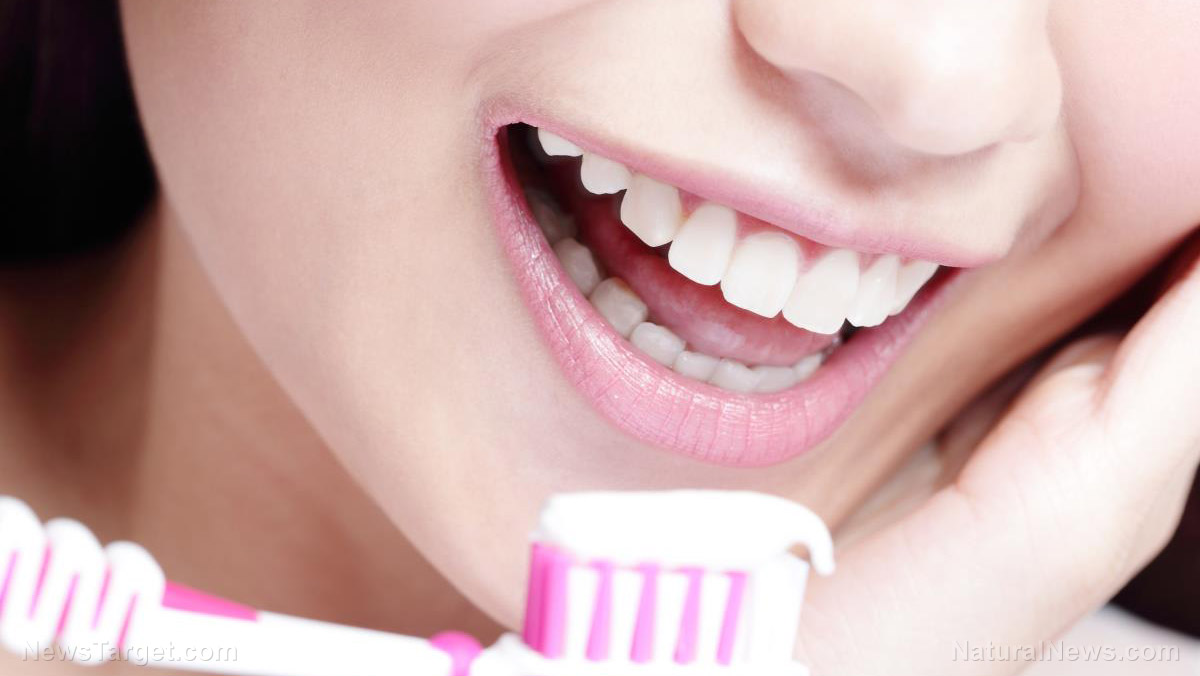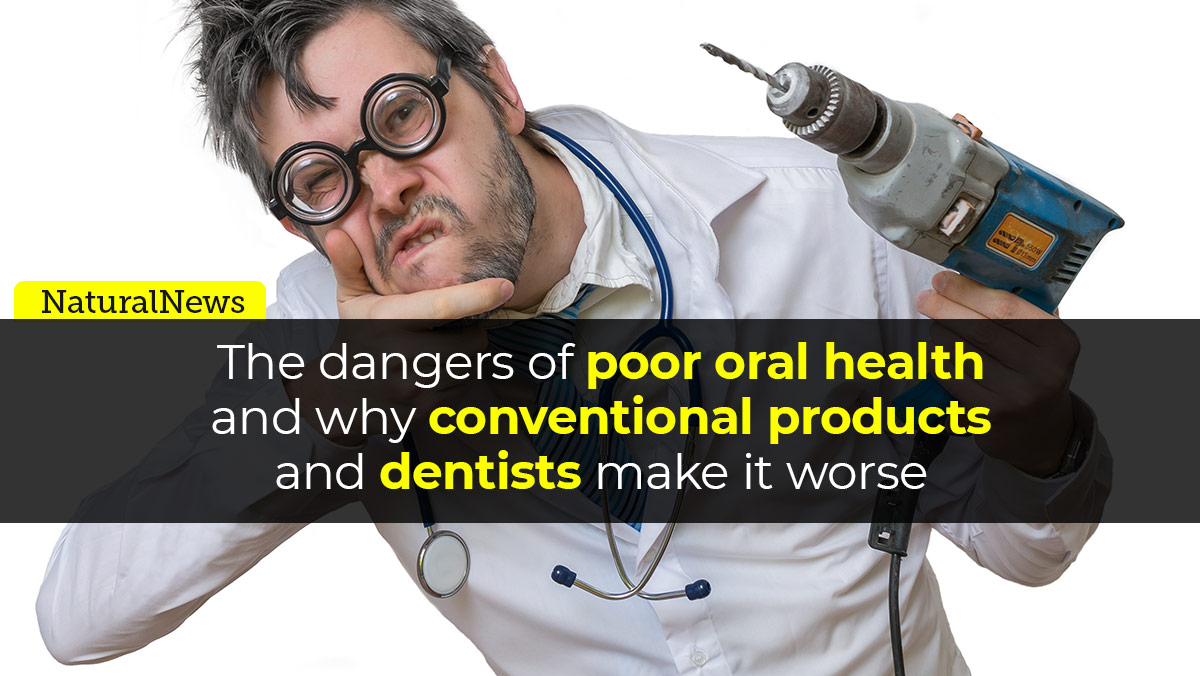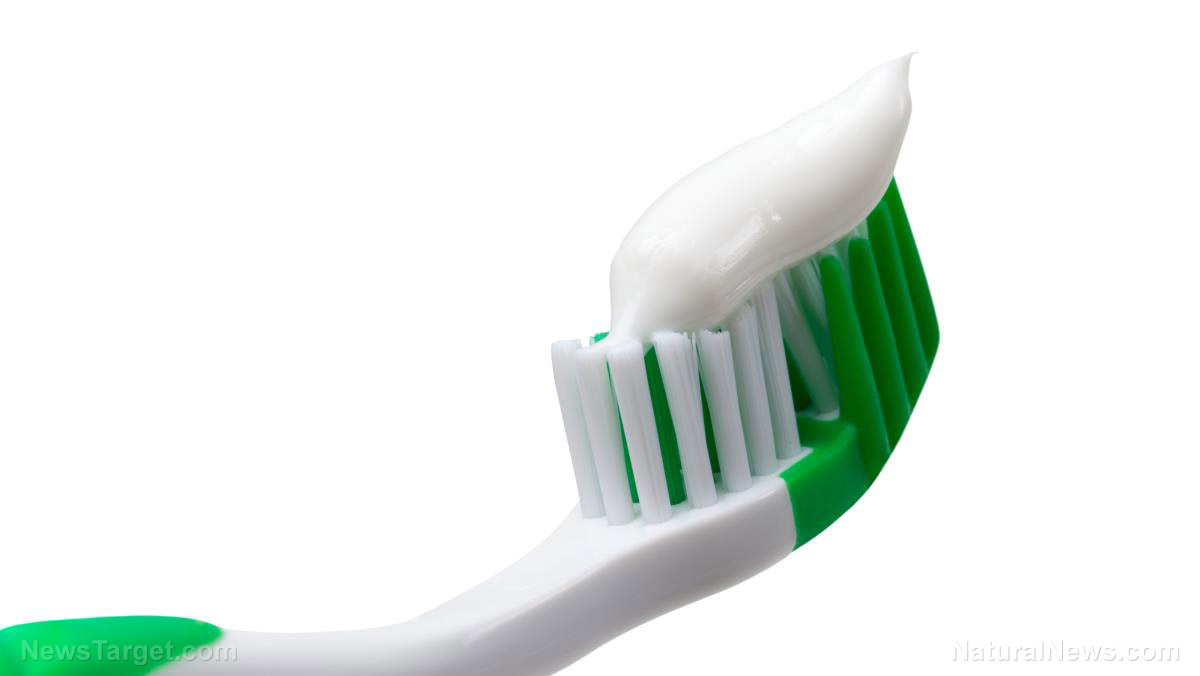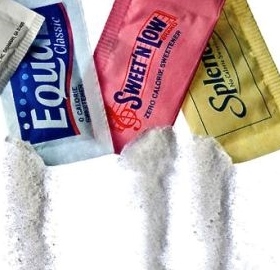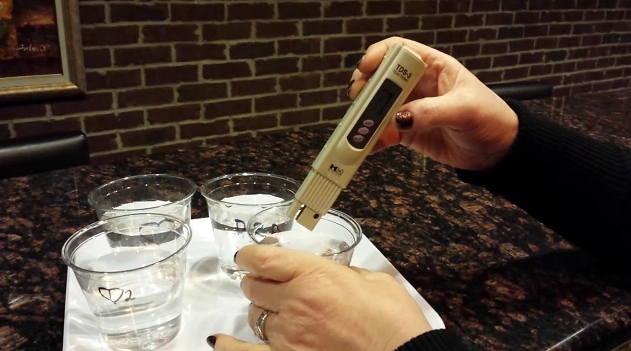Most people trust their dentist with problems related to their teeth. However, if you look carefully at some of their procedures, you’d be shocked at how unsafe some of these are, as well as how they can result in long-term health problems. In particular, root canal treatment, a procedure touted as safe and routinely performed the world over, transforms healthy bacteria into highly toxic bacteria which remain inside and around the tooth, jawbone, and periodontal ligament and cause chronic diseases that affect the cardiovascular and nervous systems.
Root canal treatment and how it impacts teeth
The American Association of Endodontists (AAE), which oversees dentists who specialize in tooth pain treatment, defines a root canal as a “treatment [that] carefully removes the pulp inside the tooth, cleans, disinfects and shapes the root canals, and places a filling to seal the space.” The procedure is usually done in patients with infected or inflamed tooth pulps, the inner core made up of tissue and fibers connected to the bone.
In a 1908 study which looked at the relationship between teeth and their effect on nutrition and physical health, Dr. Weston Price and researchers from the Mayo Clinic found that bacterial growth in root canal treatments can be transferred to animals, exposing them to the same diseases of their human donors. In his research, Price explained that bacteria can be found in two places: the dentin layer, which is made up of tiny tubules where bacteria hide and develop, and the periodontal ligament, which can incubate billions of bacteria. These areas, he said, are impossible to sterilize in a root canal, leaving the bacteria to grow and develop. This creates an infection in the tooth, and in time, can affect the jawbone, creating areas with necrotic tissue in the bone itself. These toxins can also enter the bloodstream and increase the risk of degenerative diseases, in particular, those that affect the heart and circulation. Other studies added weight to this claim, using DNA technology to identify the bacteria that reside in teeth that have undergone root canals, as well as in the jawbone. Unfortunately, the American Dental Association (ADA) still claims this data to be incorrect, despite having no research to back them up. (Related: Mercury, root canals, cavitations – Is your mouth killing you?)
How root canals can breed harmful bacteria
Most root canal procedures seal the affected tooth in an effort to sterilize it. This, however, causes once-friendly bacteria to lose oxygen and nutrients they need to function. They then become anaerobic bacteria, which are highly toxic and can cause long-term infection.
In total, as many as 50 bacterial species are found in the teeth after root canal treatments. These include:
- Capnocytophaga ochracea. These bacteria, usually found in brain infections from a dental source, can cause conditions such as meningitis and septicemia.
- Fusobacterium nucleatum. Toxins from these bacteria impede cell division and wound healing and can infect the heart, liver, joints, and spleen.
- Gemella morbillorum. Infections from these bacteria include meningitis, acute invasive endocarditis, and septic arthritis.
- Leptotrichia buccalis. These bacteria lower immune response by reducing the number of neutrophils in the body.
- Porphyromonas gingivalis. Red blood cells infected by this bacterium often bleed to death, as it drills holes (porins) in them. In addition, this also increases the risk of heart attacks by attacking the endothelial lining of blood vessels, causing inflammation and bleeding.
According to Dr. George Meining, one of the founders of AAE, a lot of chronic diseases come from root canal treatment. The most frequent are cardiovascular diseases (such as infective endocarditis), followed by those that affect the joints (like arthritis and rheumatism) and those that affect the central nervous system (such as amyotrophic lateral sclerosis and multiple sclerosis). It also increases the rate of infection with anaerobic bacteria.
Learn more about better and more natural ways to improve your dental health by following HolisticDentistry.news today.
Sources include:
GreenMedInfo.com
AAE.org

